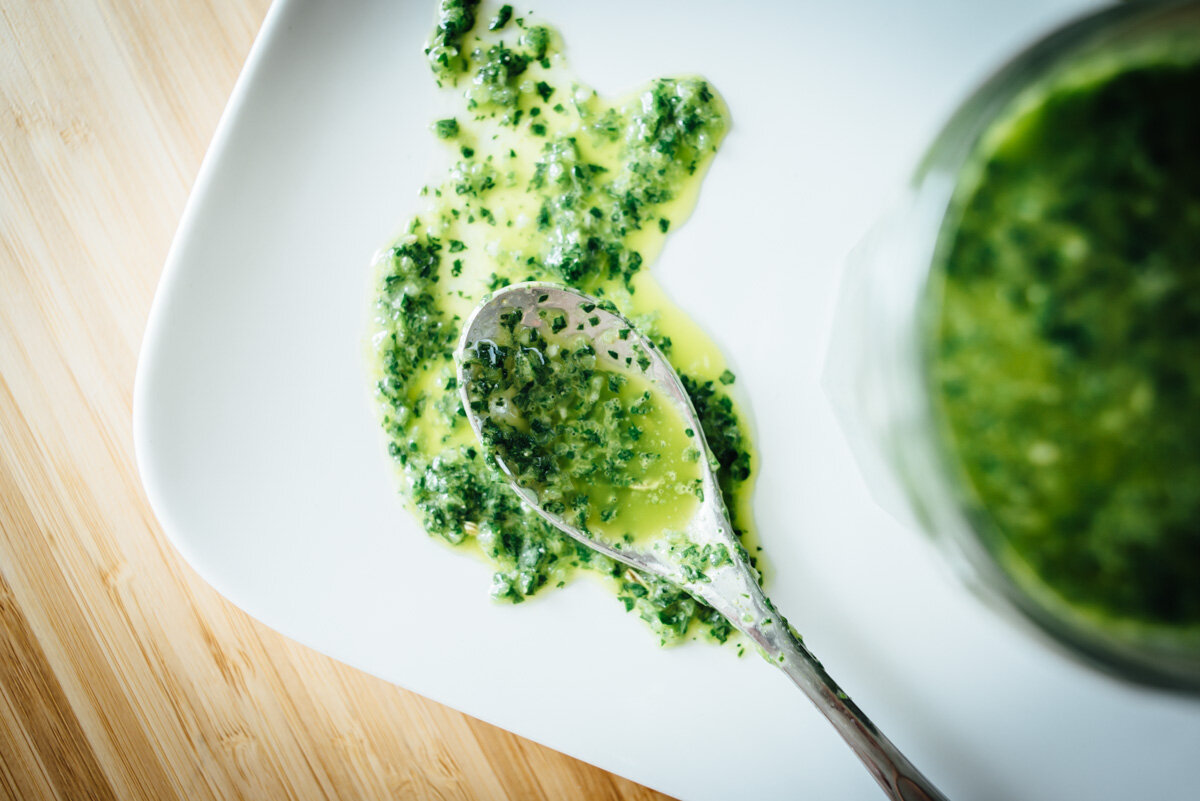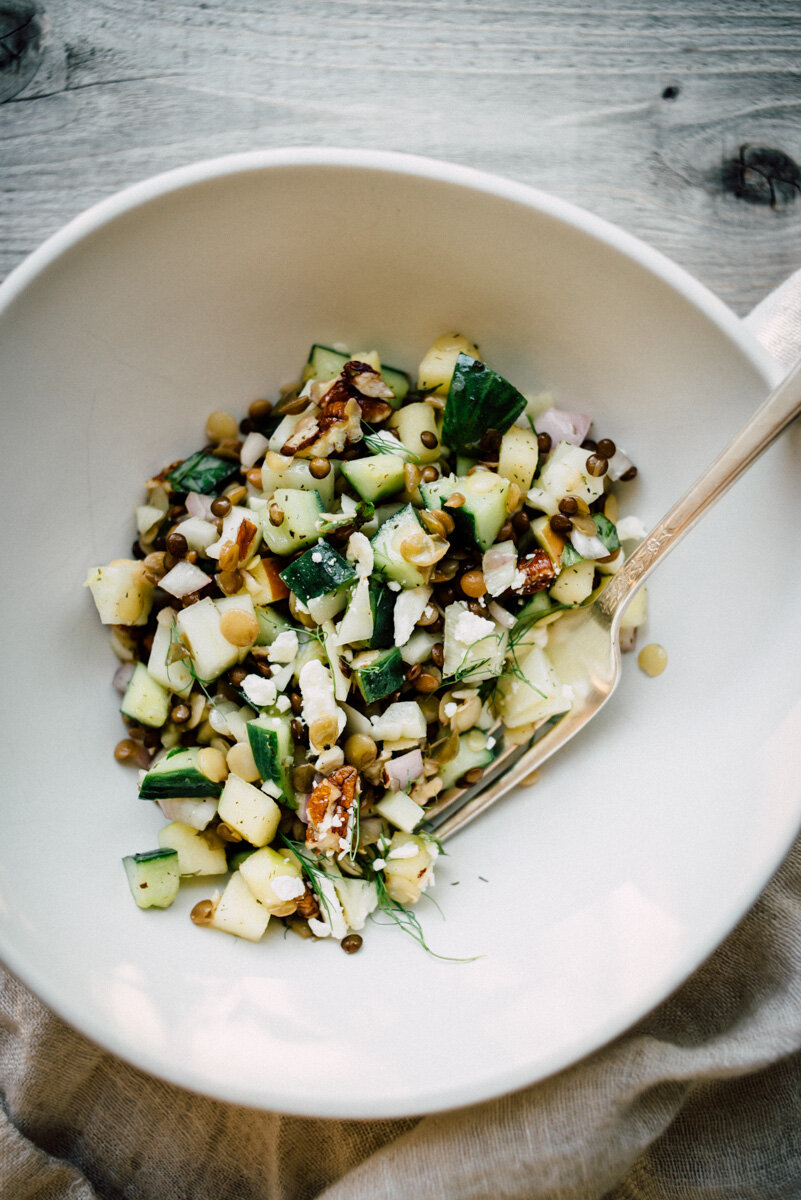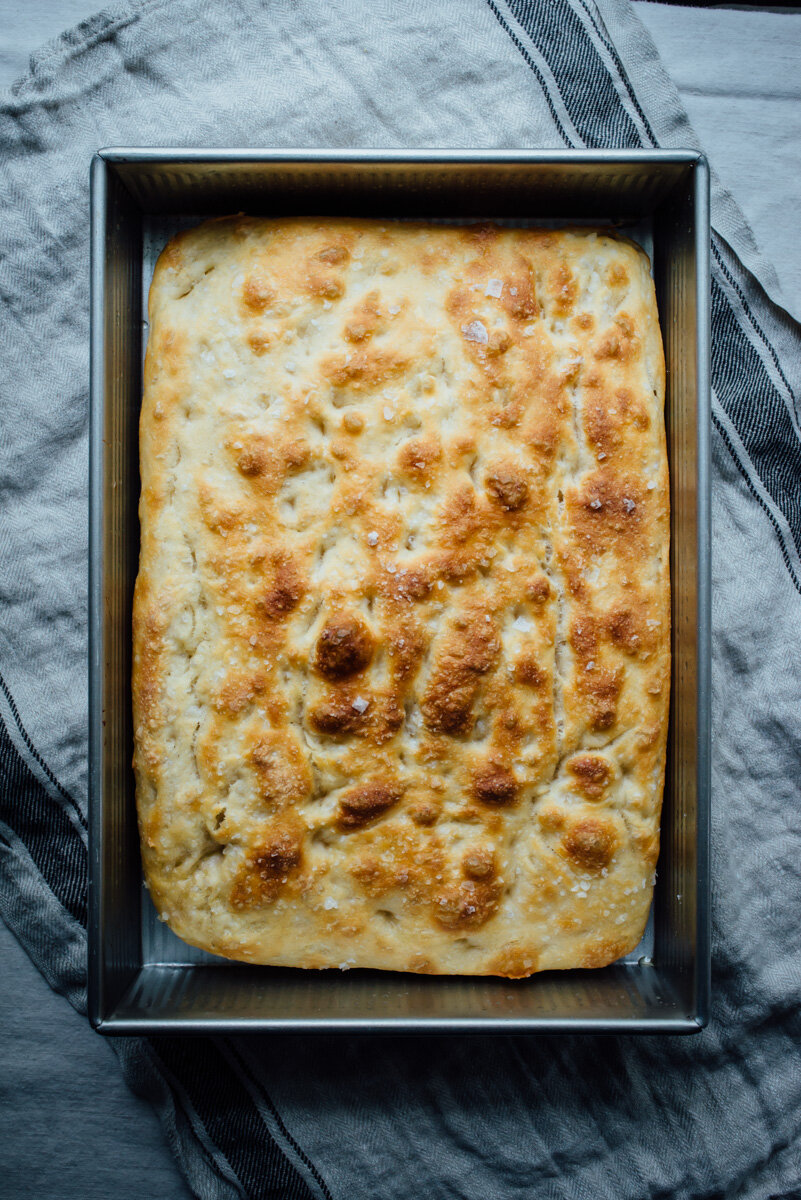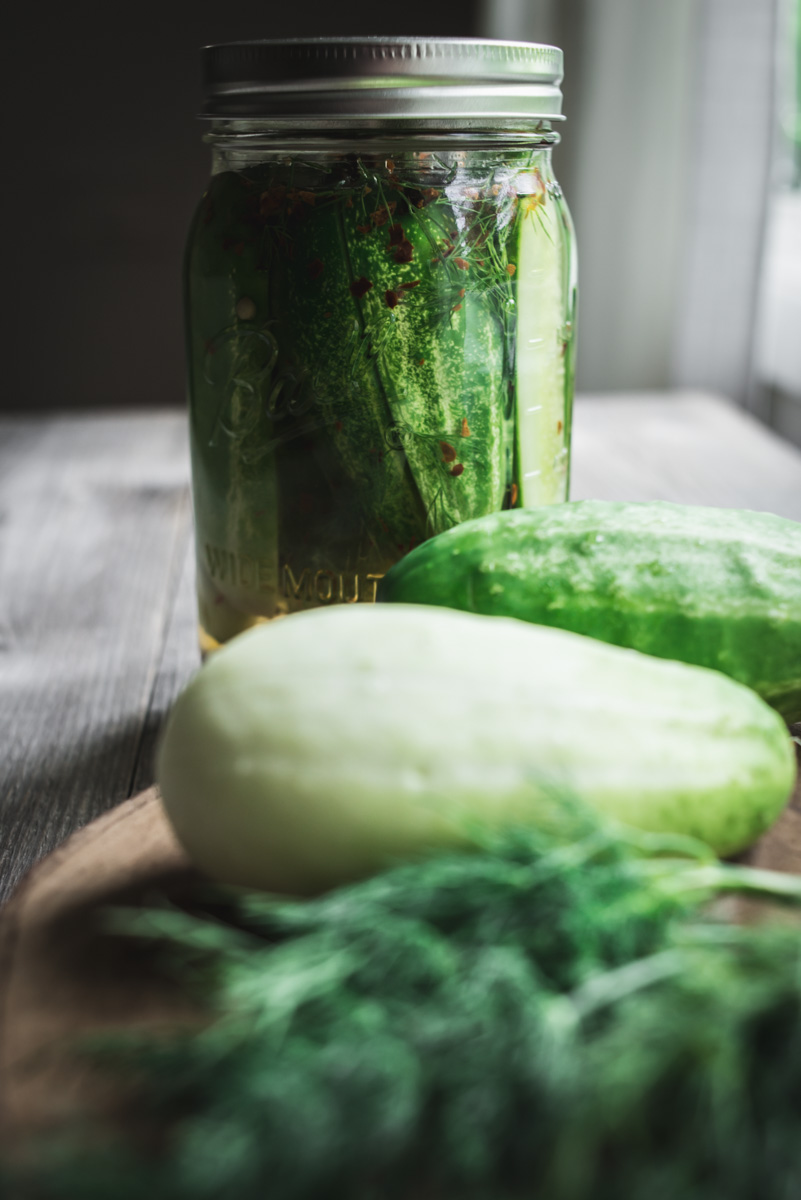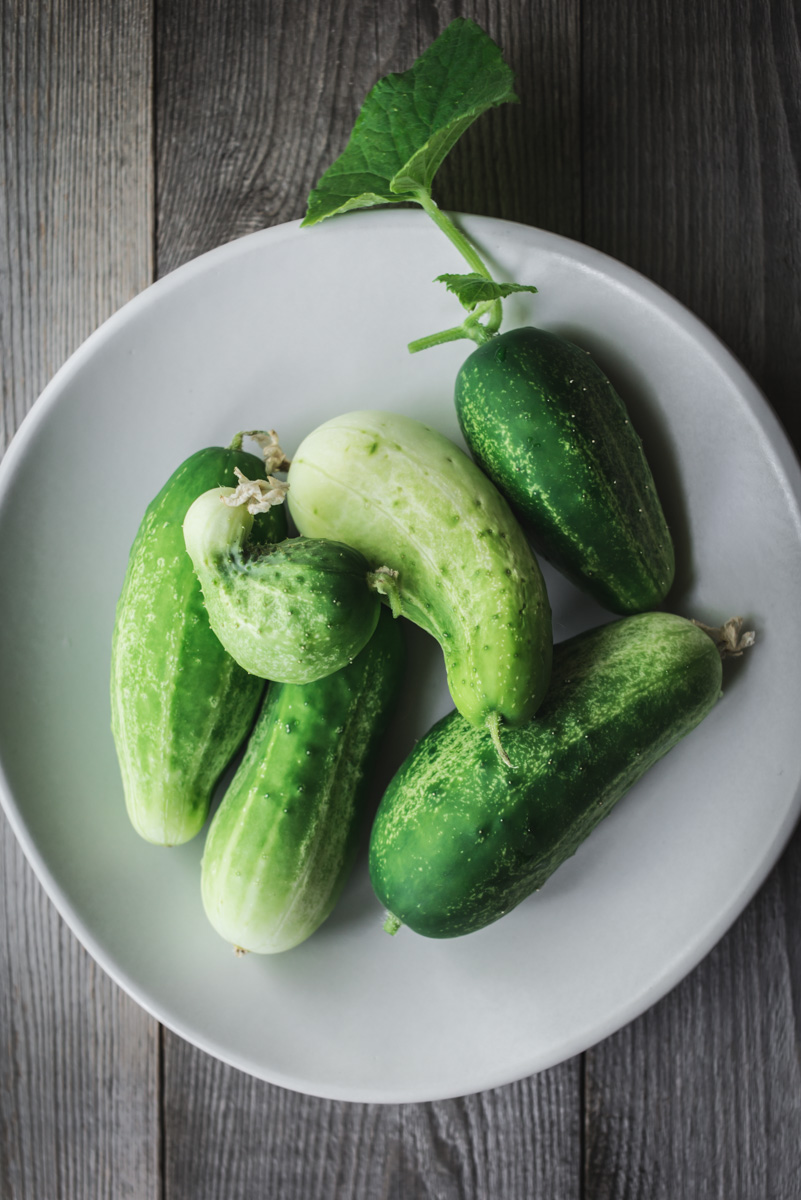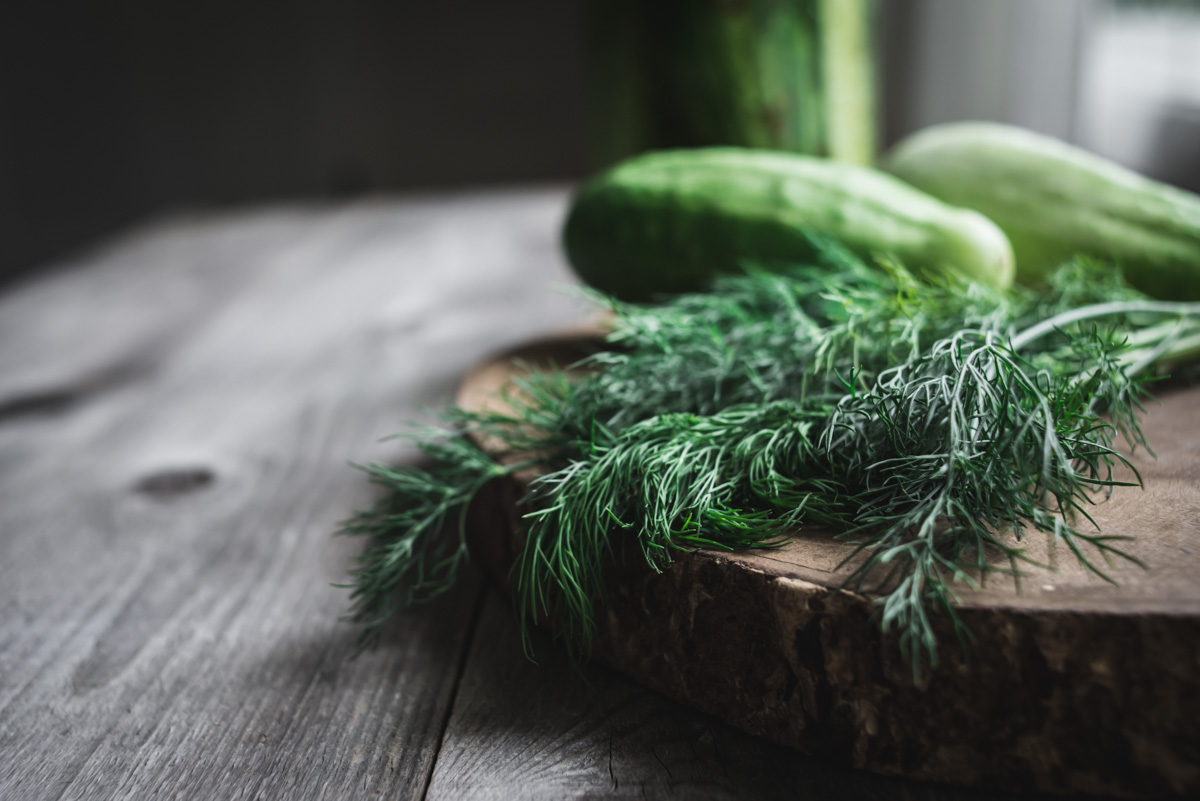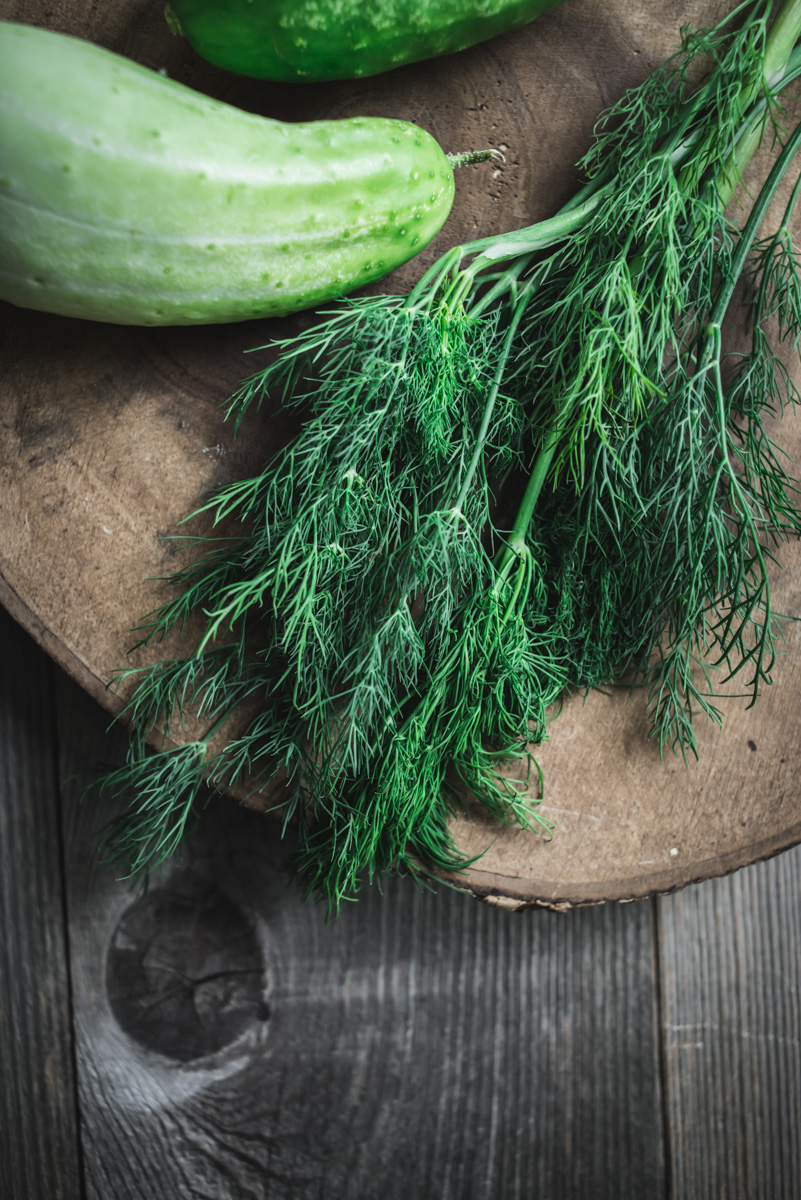Green Harissa
/Green Harissa. I love this sauce. I’ve been making it quite a bit lately because it goes with everything! We put it on fish, chicken, potatoes, rice, roasted vegetables, you name it, it works. The recipe is from Sprouted Kitchen Cooking Club, Sarah has a lot of great sauces but this one not only works with so many dishes, it lasts up to two weeks in the fridge. So it’s a good-to-have-on-hand sauce. If you don’t have mint you can just add more cilantro, the herbs you can mix up a bit but stay heavy on the cilantro.
Things are good here, I’m working on my ‘Granola Project” which I hope to be sharing with you in the next couple weeks or so. I’m pretty excited about it and having fun with it. The garden beds are prepped with compost and at this point I’m just waiting for the temps to get high enough to plant. I started some tomatoes and vegetables from seed this year. I’m worried I started too late! It’s been almost 5 weeks and they still look so young. I hope they’re not duds. Worse case I’ll have to buy starters but I think some of them are going to pull through. This is all new to me and I haven’t blogged about it because I don’t know what I’m doing (yet). Ha ha. Maybe next year I can offer some tips. But the berry bushes are blooming in the yard so everything is looking good there.
I get my second (Moderna) vaccine in a couple weeks. The first one was fine, no side effects at all, just a sore arm for a few days. I’m so looking forward to eating at a restaurant outside! I know people have done this pre-vaccine, but I just haven’t felt comfortable with that. This past year, as soon as things are looking good, Covid cases are low, places open up more and then cases rise, and I’m like, fuck! I missed that small window where Covid-19 wasn’t spreading like crazy. But maybe I didn’t get it because I didn’t go out then. Who knows. It’s all a crapshoot. All I know is when restaurants start opening their doors for indoor dining, everything goes bad. Dining outside is the best option at this point. And I can’t wait! Until then, enjoy this sauce on anything and everything.
Green Harissa
1 clove of garlic - peeled
1 jalapeño - stemmed and seeded, chopped rough
1 cup of cilantro
1/2 cup of mint (you can add more cilantro instead)
1/2 cup of parsley
1 lemon - juiced
1 Tablespoon white vinegar
1/2 teaspoon of cumin
1/2 teaspoon of coriander
1/2 teaspoon of fennel seeds
1/2 teaspoon of kosher salt
1/2 cup of extra virgin olive oil
Put everything in a food processor, with herbs on top, and blend for 10 seconds then pause, scrape down the sides if needed and process another 10 seconds until it’s almost blended with bits of herbs still left intact. Keep refrigerated in sealed container up to two weeks. Allow to come to room temp before serving.


